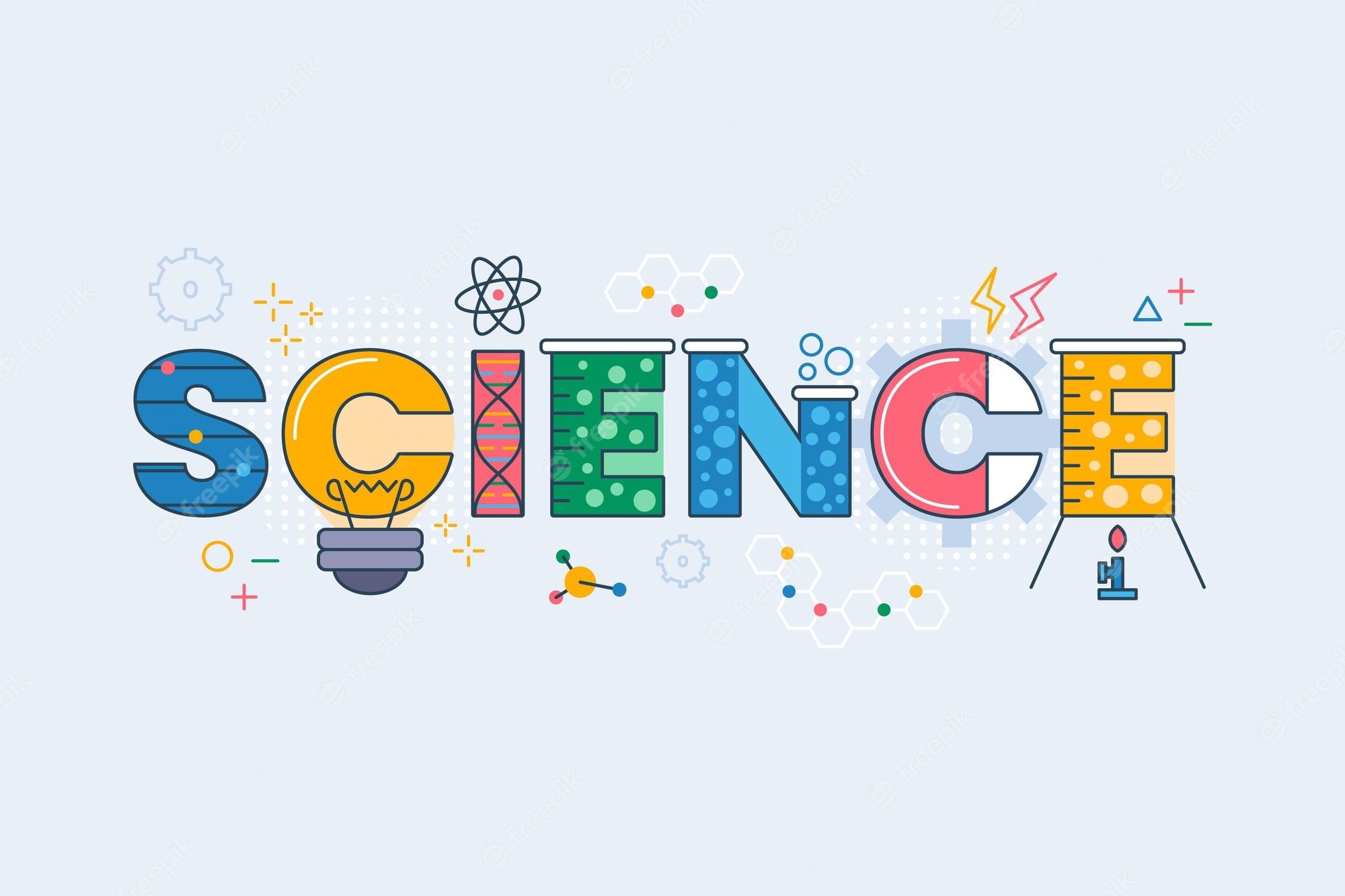To preface, I’m a microbiologist, so I have skin in the science game. I hate how these articles often have science illiterate authors or authors who are imprecise with their wording. They repeat misinformation on basic topics that science educators have been striving to correct for decades, perpetuating the cycle.
…the study shows once again how evolution throws up multiple solutions to basic problems…
In this case, it’s the “mysterious force of evolution that whips up solutions to problems”. Evolution doesn’t create solutions. There is no guiding force behind evolution.
Evolution through natural selection selects for existing solutions that were generated randomly through mutation, increasing the frequency of that trait because those without either die or are outcompeted. What happens if a trait is required for survival but no organisms have it? They all die. That’s why over 99% of all multicellular species that have ever lived on Earth are extinct. If you include microbes, make that 99.99999%.
Is there any evidence that species with higher rates of mutation, and therefore higher chances of evolutionary advantages, stick around? Or is rate of mutation not something which can be encoded in DNA / biology?
Oh no, rate of mutation is definitely a thing and is controlled by several factors. A big one is generation time, which is what it sounds like, the time between each generation. The copying of DNA is a source of mutations. This is why many controlled experiments on evolution are done with bacteria, who have super low generation times. For example, depending on temperature, the generation of many salmonella species is around 20-30 minutes. That lets you crank out massive numbers of potential mutations, then introduce a selective pressure, like an antibiotic the species normally isn’t resistant to or an energy source it normally can’t utilize, and see what happens.
To answer your question, yes, a higher mutation rate would confer an advantage. To a point. Most mutations are deleterious and usually lead to death, a few are benign and do nothing (at that point), and a very rare few are immediately advantageous. As long as the rate of mutation isn’t so high that the deleterious mutations combined with whatever other pressures are wiping out the population, more mutation means more chances to have the right trait to deal with a novel pressure or, very rarely, do something better.
Yeah I find that people tend to believe that evolution is trending to a perfect solution. When all it is a jumble of local maximums and chance.
I grew up believing the same until somewhere in high school, when I started taking science seriously.
… a jumble of local maximums and chance.
I really like how you phrased this. I’m totally stealing it.
You’re more than welcome to but you will then have to explain what a local maximum is. Which can be weirdly harder than you think.
It’s just a vague way to invoke intelligent design so they don’t alienate the religious troglodytes.
Okay, I thought that they were like clams and the picture at the start of the article was showing a row of eyes between the fuzzy/spiky stuff on the side but after looking them up, that shiny part between the fuzzy/spiky stuff in the picture is it’s shell. The eyes are tiny specs between all the fuzzy/spiky stuff.
That still doesn’t help the feeling that it has eyes all over.
I still don’t know WHY they have eyes all over their shells even after reading the article. It’s a pretty click baity title, but I guess it worked on me so they won this round.
What’s click baity? They literally have eyes all over their shells. The article goes into the 2 main eye types they’ve evolved, when they evolved them, and supposes it’s to avoid getting eaten which is a pretty reasonable theory.
I guess the “sea creature mystery” is a bit click baity but not the eyes all over it’s shell part.
“Eyes over its shell” = neat, moving on
“Researchers solve mystery of eyes over its shell” = Oh, what’s the mystery? Must be WHY they have those eyes. Better click the article to find out!
Look up pictures of chiton (the name of the creature in question). It’s nearly impossible to find a picture that looks like the shell itself are the eyes, yet in the article featured front and center is a picture of a chiton with a shell that happens to look like bug eyes.
No idea these had eyes. I wonder what they are used for, considering they can barely move. Maybe clamping harder to the rock to avoid being eaten?
Or maybe just to stay away from light completely to hide from predators that rely more on sight for food.
Possible but that doesn’t seem to be how they behave (at least for the species I have seen).
Maybe they just like to look at shit because they think it’s neat and makes them happy.





